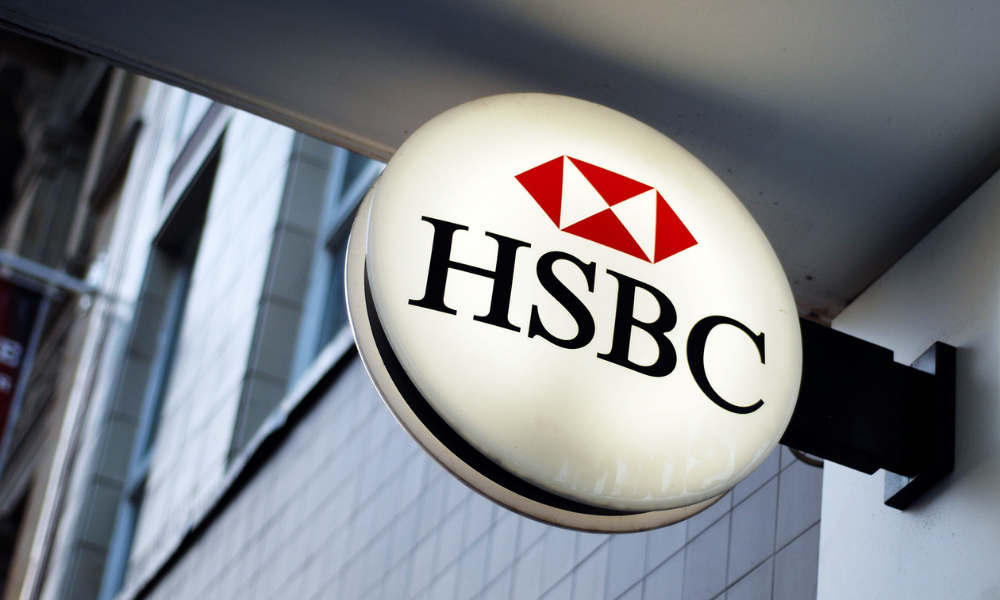

Indian bonds are likely to attract about $100 billion of foreign inflows in the coming years, lured by the global bond index inclusion, according to HSBC Asset Management.
While inclusion into global indexes may trigger inflows of as much as $50 billion, a similar amount of flows is also expected from large institutional investors, sovereign wealth funds and pension funds, Shriram Ramanathan, chief investment officer of fixed income at HSBC Asset Management’s India unit, said in an interview.
India has become a favorite market for Wall Street investors, attracted by one of the world’s fastest rates of economic growth and as it positions itself as an alternative to China. Foreigners own just 2% of the government bonds, highlighting how global funds remain light on holdings.
“India really stands out as a fairly attractive destination for a strategic allocation from various large institutional investors,” said Ramanathan. “People start appreciating some of the nuances and the risk returns that it has delivered over the last five and 10 years which make it an extremely attractive proposition.”
The monetary policy, inflation targeting and the fiscal policy have helped building credibility over the recent years, and set up the performance of India’s economy in the coming years, he said. HSBC’s estimates align with other global bank’s view on potential flows into India’s equity market.
India’s trillion-dollar sovereign bond market is gearing up for a rush of foreign money in the run-up to inclusion in JPMorgan Chase & Co.’s emerging markets bond index in June.
Bloomberg Index Services Ltd., which competes with global index providers, has launched a consultation to solicit feedback on the proposed inclusion of India’s Fully Accessible Route, or FAR bonds in its emerging market local currency index. FAR bonds are securities that have no investment curbs for foreigners.
India’s economy made a strong start to the year, with services activity climbing to a six-month high and manufacturing picking up pace in January, a new flash survey by HSBC Holdings Plc showed. The purchasing managers index for services rose to 61.2 from 59 in December, while the manufacturing PMI increased to a four-month high of 56.9, HSBC said. The composite PMI jumped to 61.
Foreigners own just about 2% of government bonds, making their ownership one of the lowest among emerging markets. Due to India’s low correlation with global markets and other developing nations, India should be a stand-alone investment destination and part of EM allocations, similar to China, he said.
India’s 10-year bond yield at 7.17% are the highest in emerging Asia. The local yields are “fairly attractive” and higher carry provide favorable diversification opportunity, and that along with economic stability is “somewhat of a rarity in the world right now,” he said.

Driven by robust transaction activity amid market turbulence and increased focus on billion-dollar plus targets, Echelon Partners expects another all-time high in 2025.

The looming threat of federal funding cuts to state and local governments has lawmakers weighing a levy that was phased out in 1981.

The fintech firms' new tools and integrations address pain points in overseeing investment lineups, account monitoring, and more.

Canadian stocks are on a roll in 2025 as the country prepares to name a new Prime Minister.

Carson is expanding one of its relationships in Florida while Lido Advisors adds an $870 million practice in Silicon Valley.
RIAs face rising regulatory pressure in 2025. Forward-looking firms are responding with embedded technology, not more paperwork.
As inheritances are set to reshape client portfolios and next-gen heirs demand digital-first experiences, firms are retooling their wealth tech stacks and succession models in real time.
